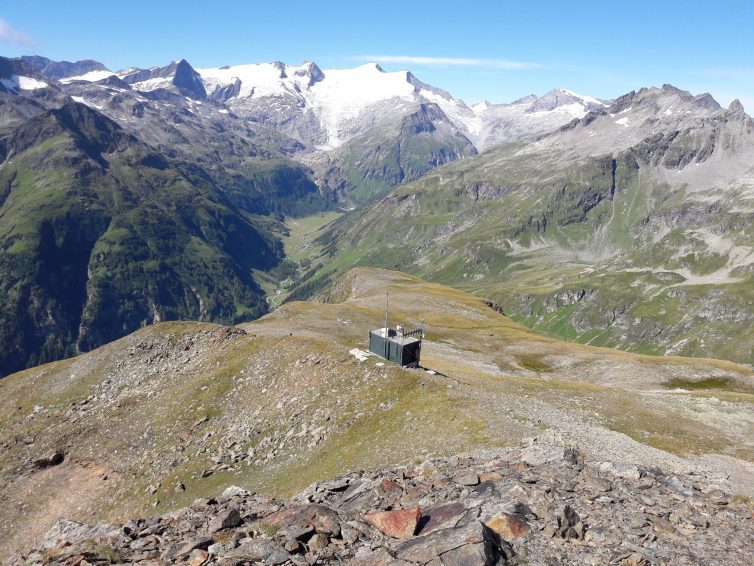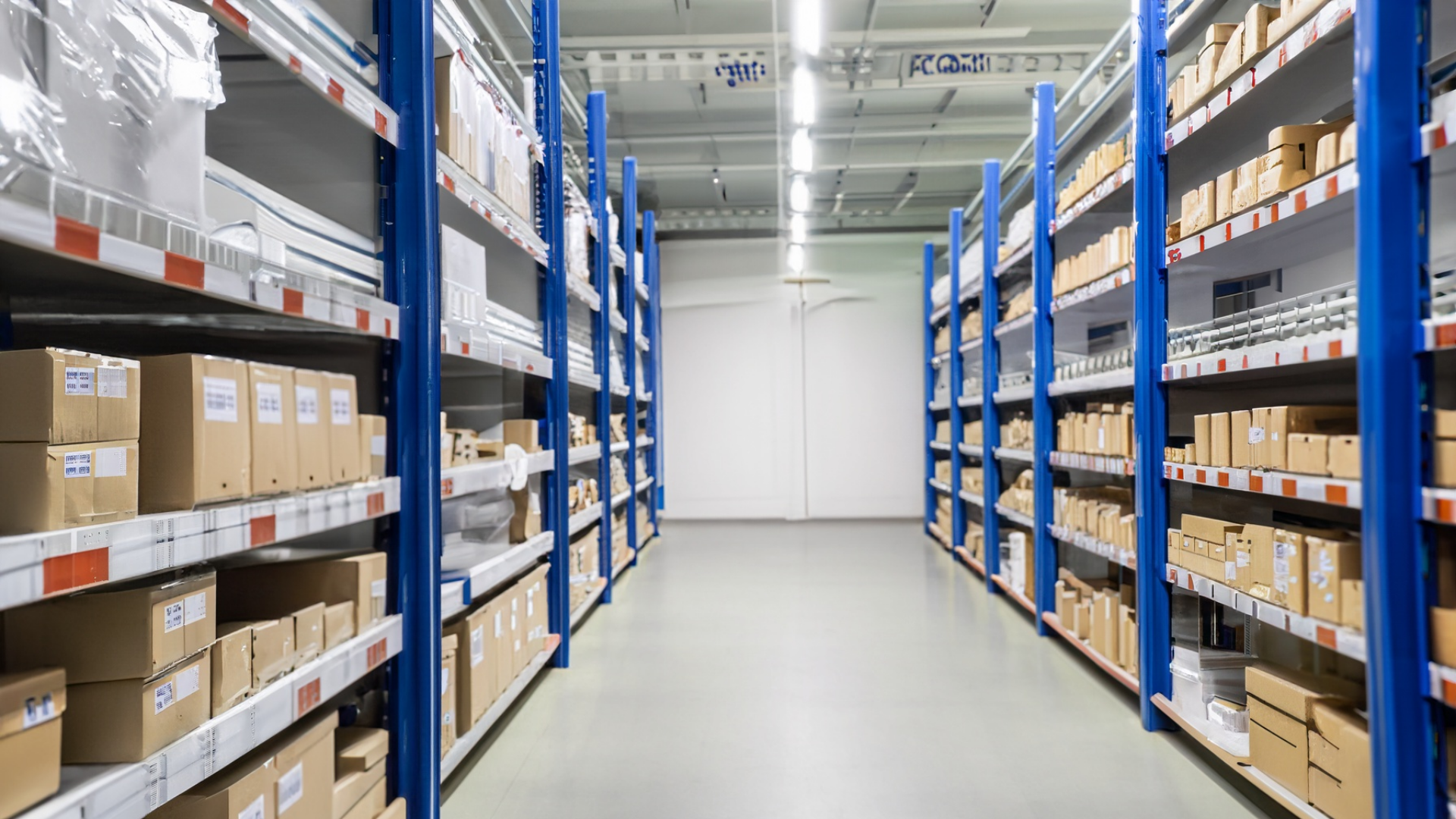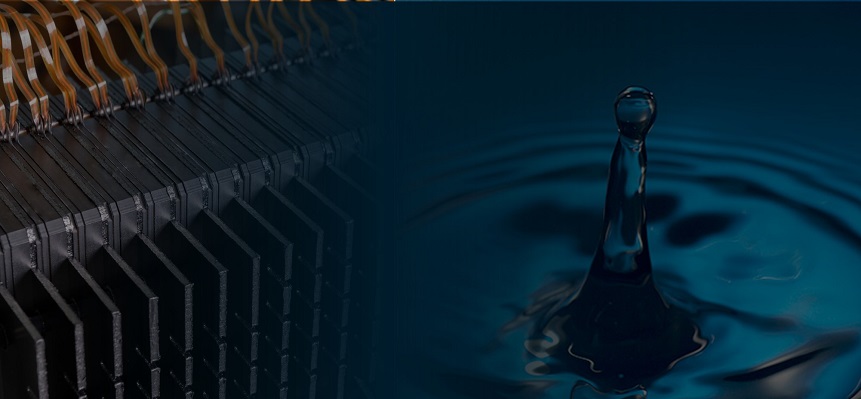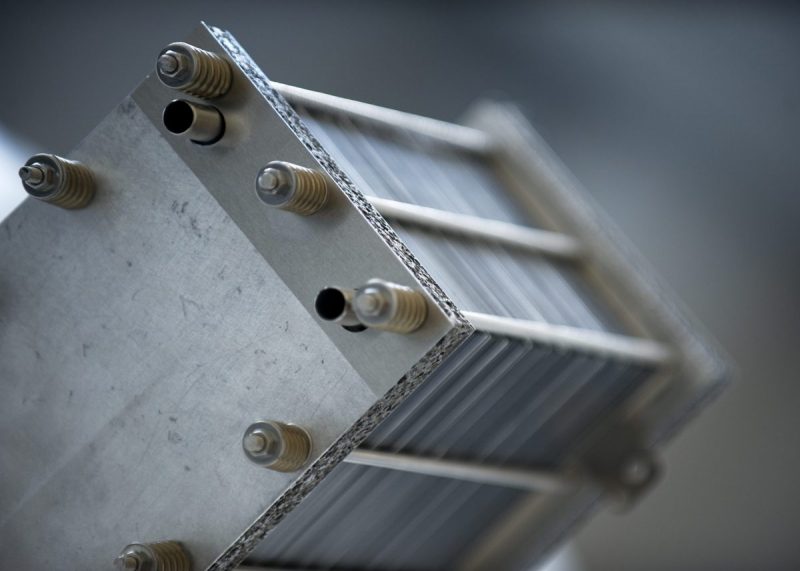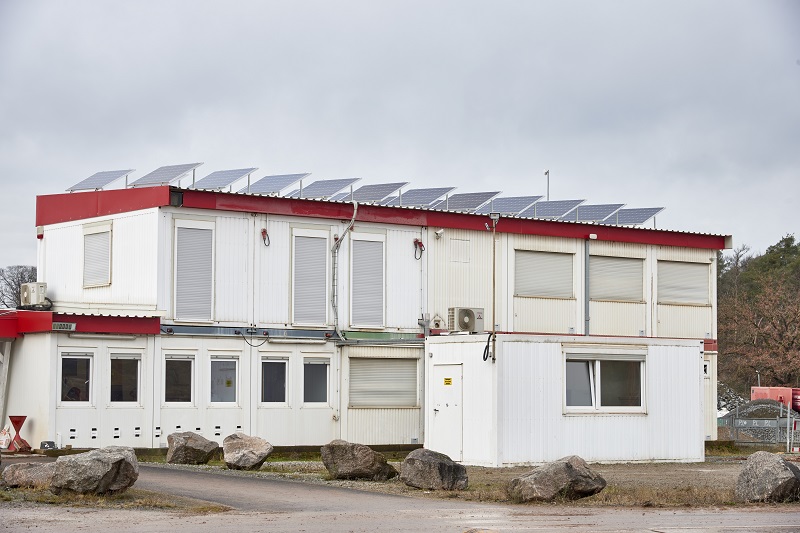During natural disasters, rapid response and coordination between emergency responders and government agencies are critical. But how do you establish this connection when the power, and thus the public telecommunications network fails?
In the State of Tyrol, a radio relay network ensures the connection of the various municipal districts and the transmission of alerts in the event of disaster: This ensures that communication can continue between valleys cut-off by avalanches – an essential component of coordinating help. The disaster microwave network serves as the backbone of the digital radio warning and alerting system network in Tyrol.
During planning of the network, special attention was paid to reliability, fail-safety and redundancy: There are currently 128 lines in operation, which enable resilient data transmission over a distance of up to 50 km. The use of underground lines was deliberately avoided to prevent any damage caused by landslides.
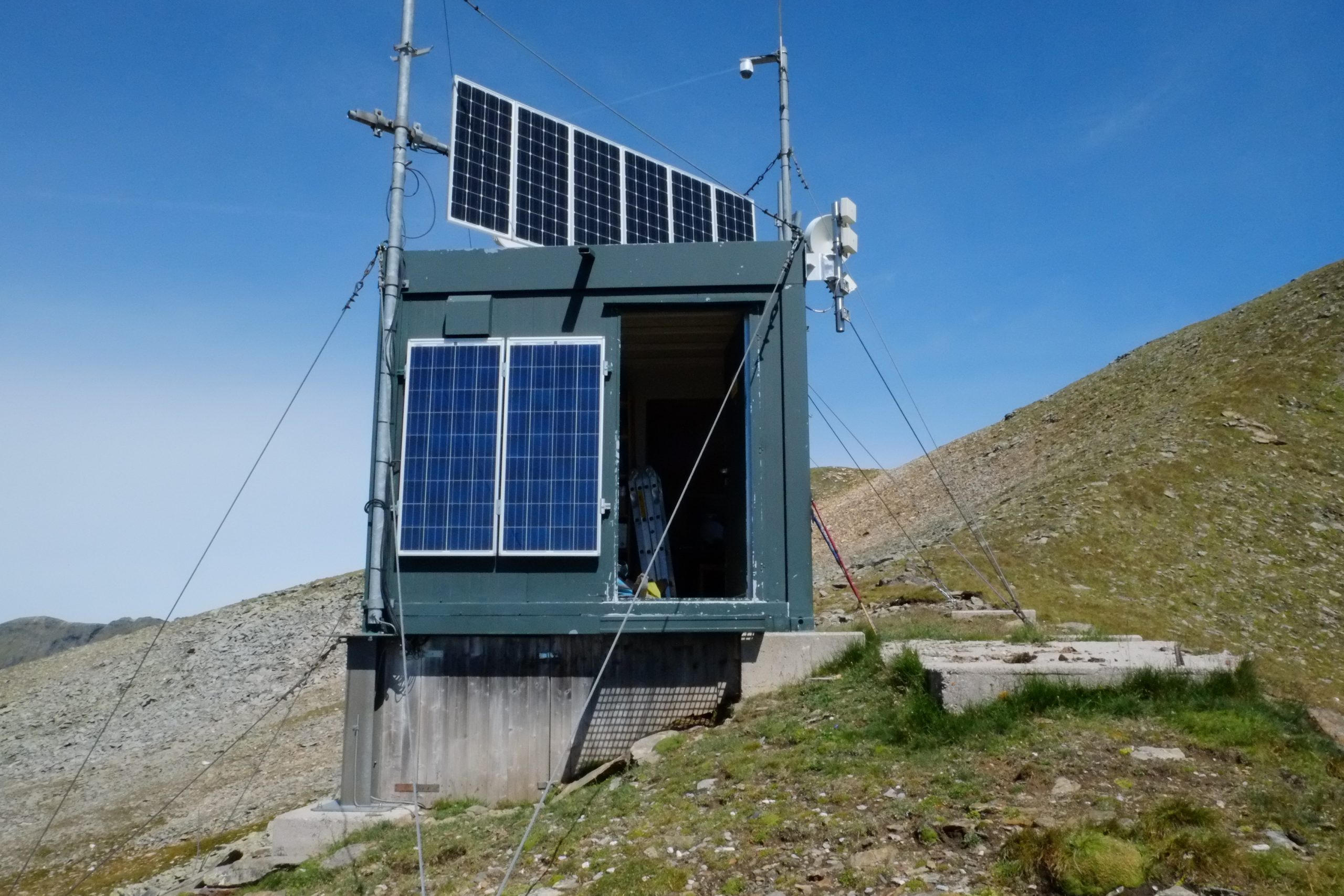

Pictures: SIQENS
For the mostly alpine locations, a combination of photovoltaics and battery is ideal for self-sufficient power generation. The fully charged battery ensures operation for at least 48 hours. However, for a weather-independent and year-round power supply of critical sites, additional measures are necessary.
For this reason, the SIQENS Ecoport 800 is used at the redirection point on the Messelingkogel – at an altitude of just under 2,700 meters. The energy from the fuel cell is fully sufficient to operate the connected directional antennas, as well as a small electric heater which is used to de-ice the antennas in winter. The connected tank with 200 liters of methanol provides sufficient energy to operate the site self-sufficiently for several months.
You want to equip your critical sites with fuel cell power? Talk to our experts.
About SIQENS
SIQENS, founded in Munich in 2012, develops and produces methanol fuel cells. The devices are used as a backup power source for critical communictaion networks, as well as in locations without a fixed connection to the power grid.
The SIQENS fuel cell system, the Ecoport, runs on liquid methanol. Inside the Ecoport, hydrogen is derived from the methanol. The hydrogen then reacts with oxygen to generate electrical energy. The Ecoport is connected to a battery and automatically recharges it as needed.
In contrast to diesel generators, fuel cells are economical, require hardly any maintenance and emit neither particulate matter nor nitrogen oxides, in addition to significantly reducing CO2 emissions. And with methanol from renewable sources, operation is completely climate-neutral.
Learn more about SIQENS fuel cells.
